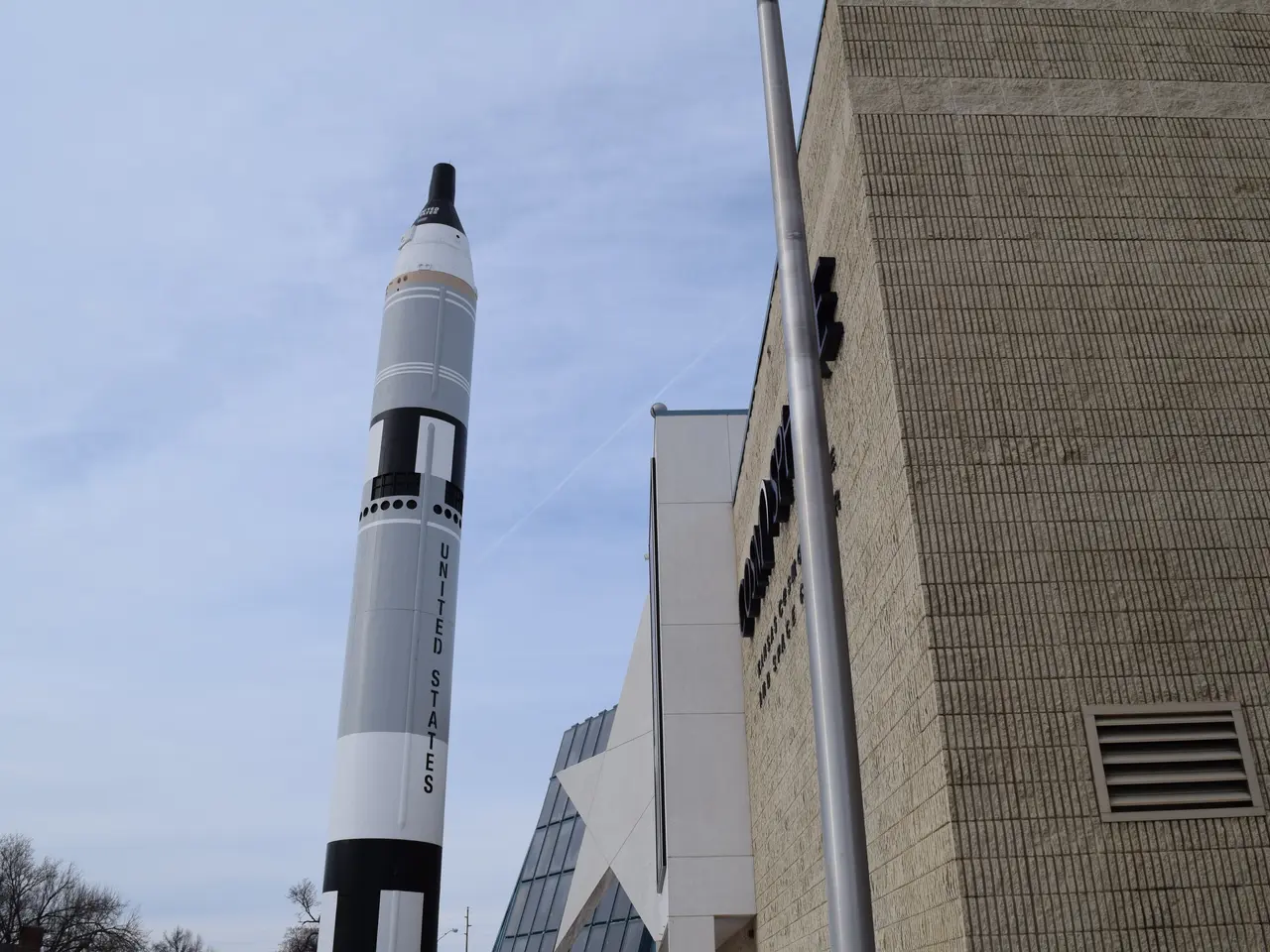Is it Possible for Space Travel to Become Reality During Our Generations?
Space tourism, once a dream reserved for science fiction, is gradually becoming a reality. However, several challenges must be addressed to ensure safe, affordable, and environmentally friendly experiences for all. Here's a look at some of the key challenges and potential solutions in this exciting new frontier.
## Challenges
### High Costs Currently, suborbital flights are priced around USD 250,000, while orbital flights cost about USD 50 million, making them accessible only to a select few [1][2]. To make space travel more affordable, advances in technology, such as reusable rockets, are expected to reduce costs over time [3].
### Safety Risks Launches and re-entries pose significant safety risks, as evidenced by past incidents like the Columbia shuttle disaster [1]. Ensuring safety is paramount, and continuous innovation in safety technology and rigorous safety protocols are crucial. Regulatory bodies like the FAA are working to ensure strict safety standards for space tourism operations [3].
### Environmental Impact Rocket launches contribute to carbon emissions and space debris, posing environmental concerns [1][4]. Investing in sustainable technologies that reduce carbon emissions from launches and implementing strategies to mitigate space debris are essential. There is also a need for international regulations to ensure environmental responsibility [2][4].
### Regulatory Framework The lack of clear international laws for space tourism creates uncertainty around liability and passenger rights [1]. Developing a comprehensive regulatory framework is necessary, involving international cooperation to establish clear guidelines and standards for space tourism operations [3].
### Health Requirements Travelers must undergo rigorous physical training, which may be challenging for many [1]. Improvements in spacecraft design and safety equipment could reduce the physical demands on passengers, making space travel more accessible to a broader audience [3].
## Potential Solutions
### Technological Innovations Technology like SpaceX’s Falcon 9 and Blue Origin’s New Shepard is reducing costs and increasing efficiency in spacecraft manufacturing [3]. Additionally, exploring alternative energy sources for propulsion could minimize environmental impact.
### Regulatory Efforts Establishing clear international regulations will help address safety, liability, and environmental concerns. Implementing strict certification standards for space tourism operators will ensure higher safety standards.
### Environmental Mitigation Developing technologies and strategies to manage and remove space debris is crucial. Investing in launch technologies that reduce environmental impact is also essential.
### Market Expansion As costs decrease, targeting a broader audience with diverse offerings could increase demand and support further innovation.
By addressing these challenges and implementing solutions, space tourism can become safer, more affordable, and environmentally friendly, opening up new opportunities for both travelers and the aerospace industry. Collaborative international efforts can lead to shared advancements and a unified approach to the challenges confronting space tourism. Space exploration has seen significant advancements in the past few decades, driven by both governmental and private initiatives. The vision for space tourism includes travel to Earth's orbit, the Moon, Mars, and beyond, potentially leading to space habitations and interplanetary travel. Governmental support and international cooperation are essential for overcoming economic and technical barriers in advancing space tourism. The presence of foreign object debris in space costs the aerospace industry $12 billion annually. These companies have made tremendous strides in reducing the cost and increasing the frequency of space travel, signaling a transformative era for space tourism.
Space tourism may heavily rely on technological advancements, such as the development of reusable rockets and alternative energy sources for propulsion, to reduce costs and minimize environmental impact (Technological Innovations). The establishment of clear international regulations, along with stringent certification standards, will aid in addressing safety, liability, and environmental concerns, ultimately pushing for higher safety standards (Regulatory Efforts). Tackling the issue of space debris through technology and strategies for its management is also crucial (Environmental Mitigation). To promote accessibility to a broader audience, it is important to consider market expansion through diverse offerings and decreasing costs (Market Expansion). In this way, by addressing these challenges and implementing appropriate solutions, space tourism can eventually become a safer, more affordable, and environmentally friendly venture for both travelers and the aerospace industry, ushering in a new era of space exploration that includes travel to Earth's orbit, the Moon, Mars, and beyond.




